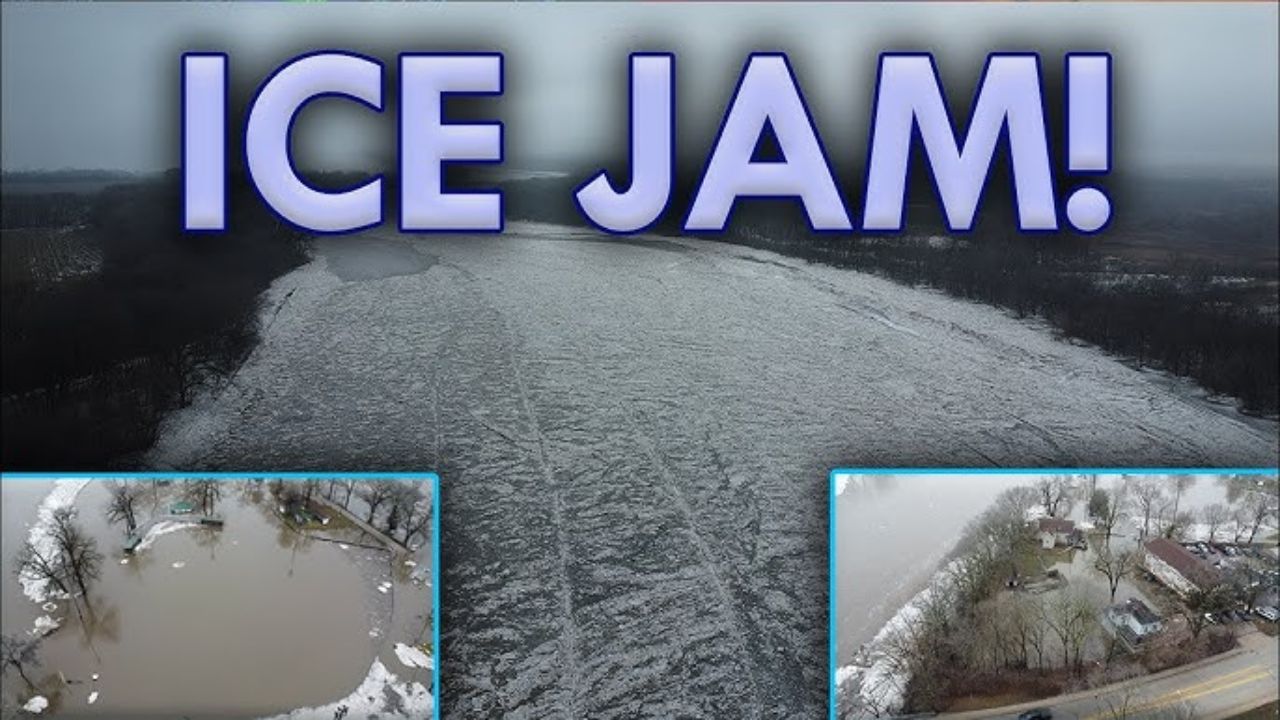Heavy Snow And Ice Jams Expected To Cause Flooding In Wisconsin On March 5, 2025
Until Wednesday, March 5, 2025, meteorologists predict a severe winter storm that could cause heavy snow and potentially ice jams in Wisconsin. The NWS has released a series of alerts, warning residents to brace for hazardous travel, power disruptions and significant disturbances to their daily lives. As a state with diverse terrain, the effects of this storm may differ significantly from one area to another.
Forecast Overview
The storm is expected to start rolling across Wisconsin early Tuesday morning, bringing snow accumulation for much of the day. Snow could fall as high as two inches an hour in some parts of the north and central. These are accompanied by sub-zero temperatures, which make roads extremely slippery.’
While the majority of snow will fall in the northern parts of the state, areas like Madison and Milwaukee should be ready for even more snow accumulation. Forecasters predict that some areas may have more than a foot of snow while others may still receive substantial snowfall.
Additionally, gusts of up to 30 mph wind will decrease visibility and make road travel more difficult than usual.
Potential For Ice Jam Flooding.
The threat of ice jams leading up to the winter storm is a significant concern. The occurrence of warm spells and rapid freezes has led to the formation of thick ice in some waterways. The National Weather Service has warned that the heavy precipitation could quickly thaw ice blocks in many rivers and streams across Wisconsin.
When ice accumulates at a certain point in molten waterways, it can cause jams to be created due to ice that may disturb normal flow and lead to flooding.
The Wisconsin River, Fox River and Chippewa are rivers that have already been enduring fluctuating ice conditions this winter, making this particularly troubling for communities along with them.
Travel Warnings And Safety Precautions
State-wide travel restrictions have been implemented, with the Wisconsin Department of Transportation advising residents to avoid non-essential transportation when possible. The authorities request that those who need to go to:-
- Avoid using winter tires or chains in northern areas.
- Their vehicles should be equipped with an emergency kit that includes blankets, water and snacks.
- Let someone know when they are going on holiday.
- Keep up with road conditions on the 511 service.
Local police are advising drivers to drive vehicles at low speeds and increase their distance from the road to avoid more accidents and stuck vehicles.
Community Response and Resources
In Wisconsin, cities and municipalities are making preparations to tackle the storm. In the meantime, snowplow teams are present, and local emergency management agencies have coordinated other resources, such as sandbag/fodder preparation kits.
If power goes out or there is localized flooding, local shelters are available to provide assistance to residents. Many organizations, including the American Red Cross, are mobilizing volunteers to help residents in distress.
The community is urged to keep an eye out for their neighbors, particularly those who are elderly or have difficulty moving around, to ensure they have enough provisions.
Emergency Services Preparedness
The winter storm is expected to pose significant difficulties for the local emergency services. There are emergency services, including fire departments and police forces, ready to handle a wide range of emergencies, from road accidents to flood response.
Public health officials are advising on how to recognize hazards and take precautions against hypothermia and frostbite, especially for outdoor laborers and vulnerable groups.
The harsh weather conditions in Wisconsin are prompting residents to take precautions and stay informed. Navigating the unknowns of tomorrow requires one to watch local news channels, stay up-to-date with National Weather Service updates, and follow emergency management tips.

